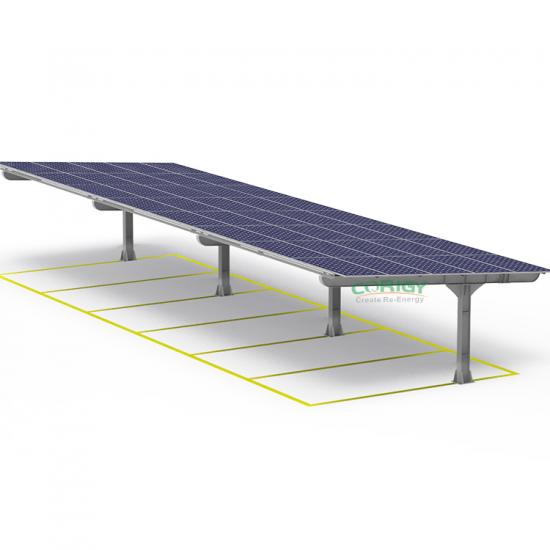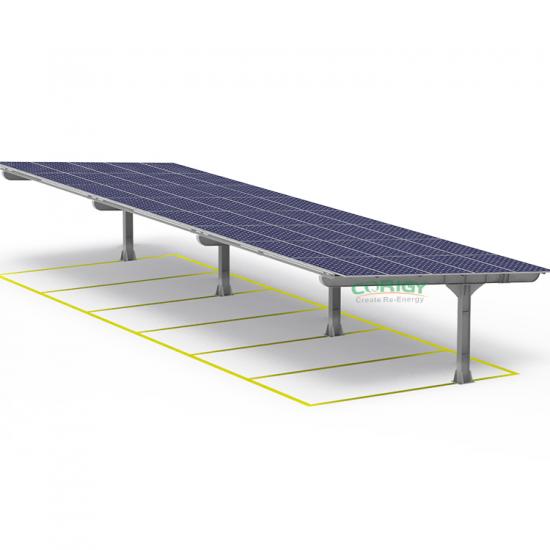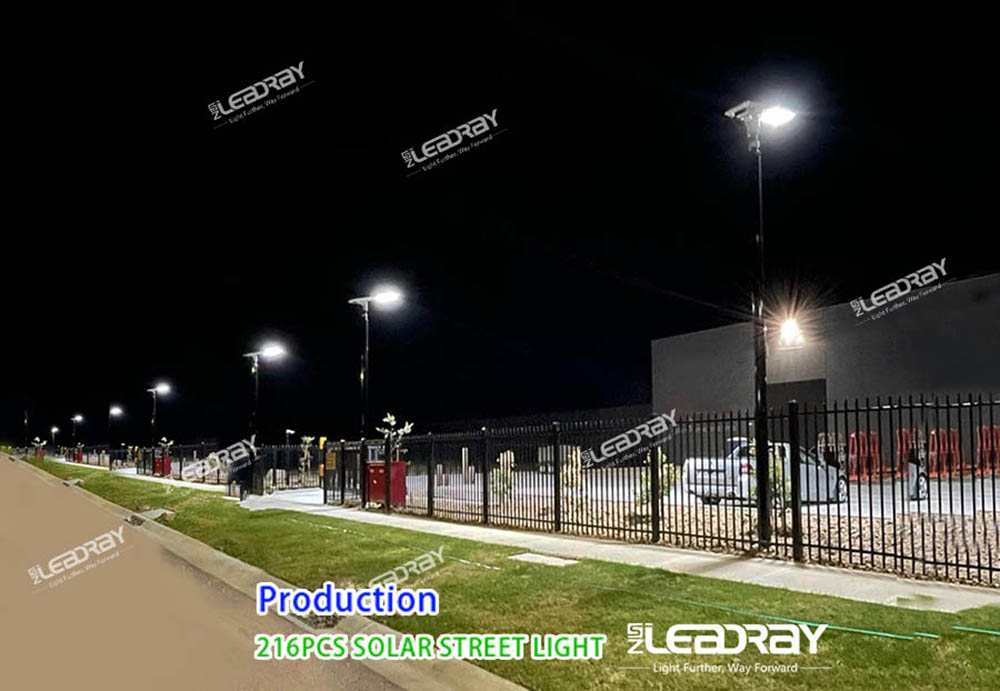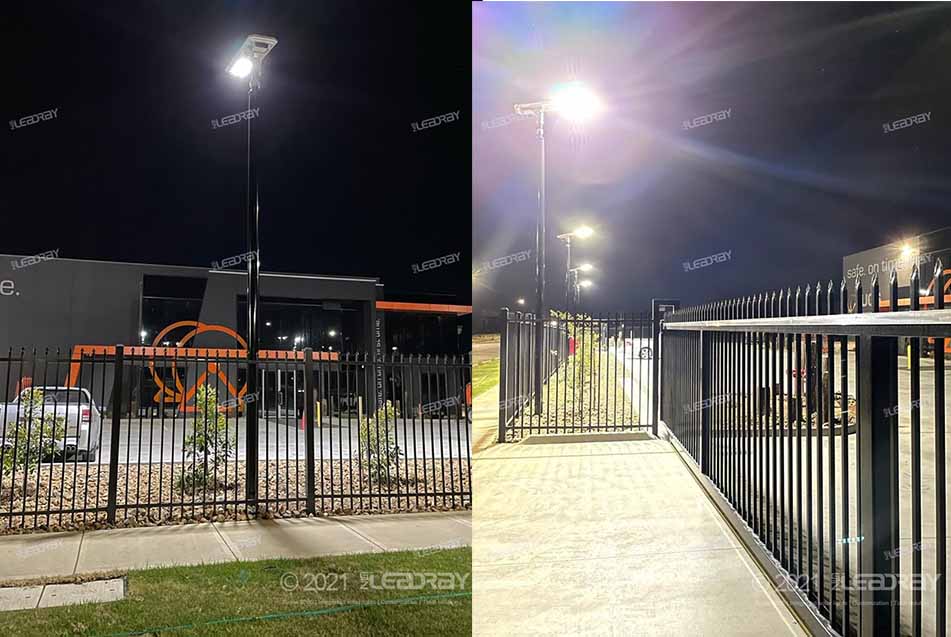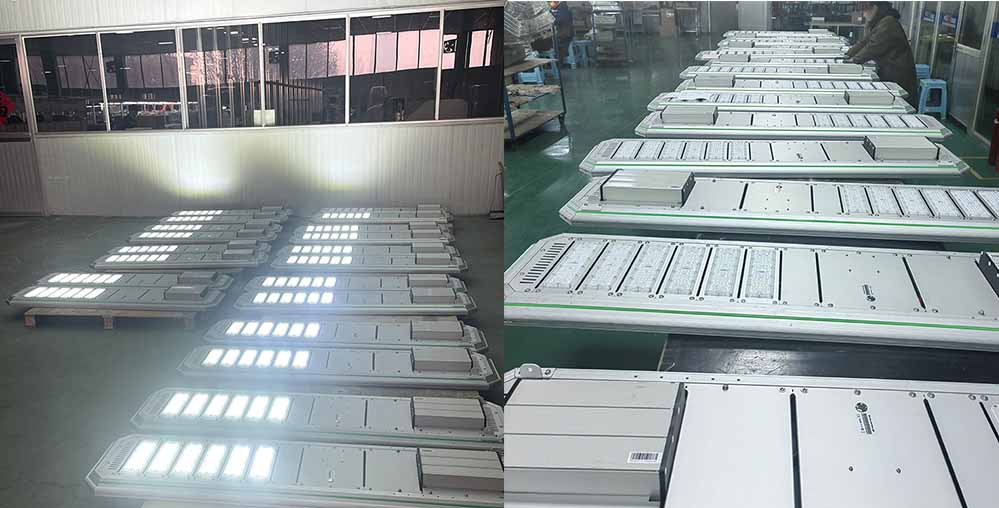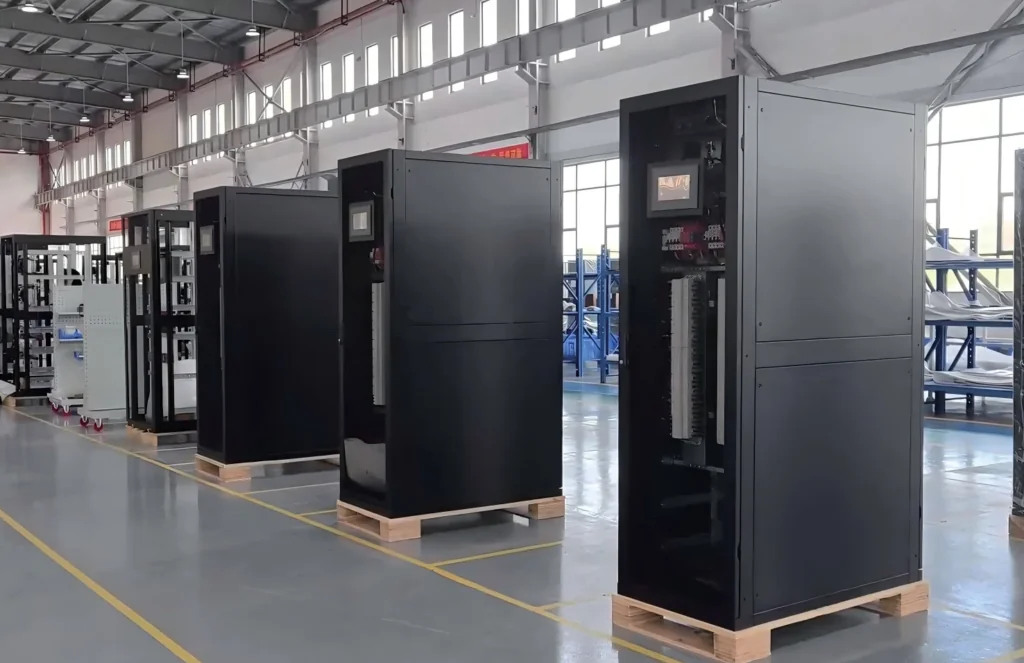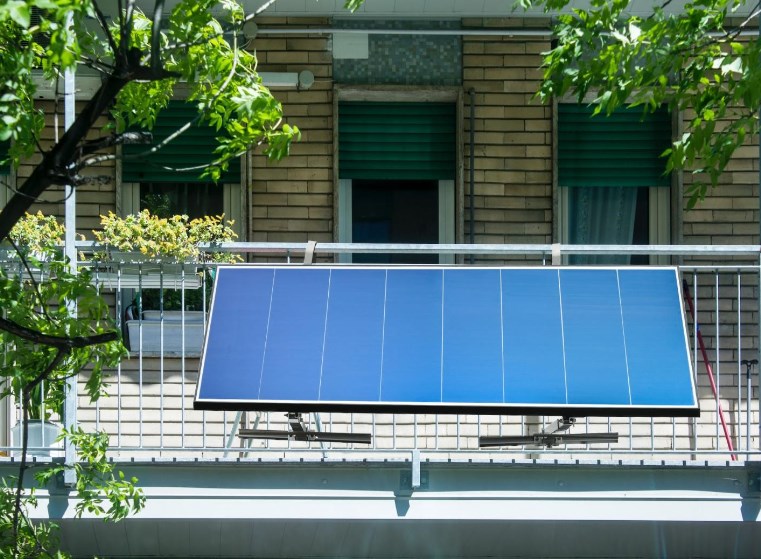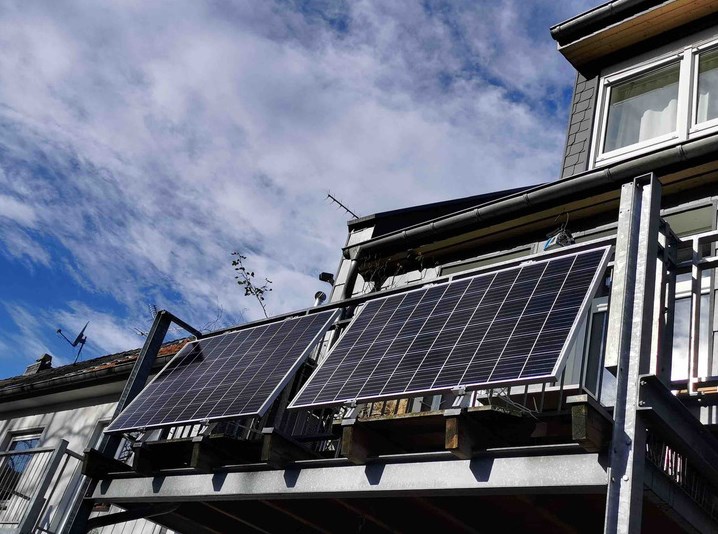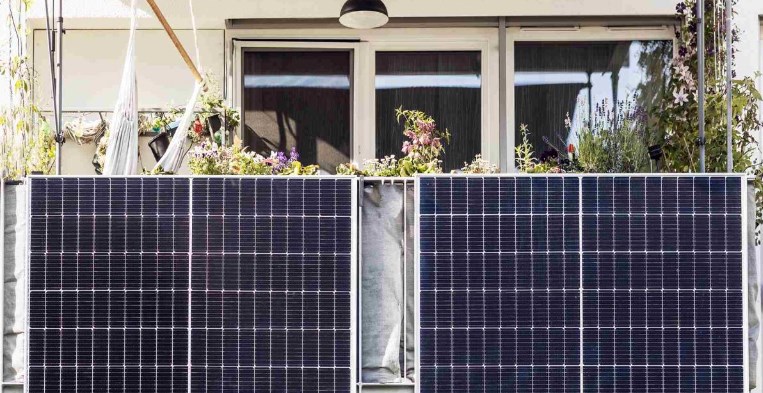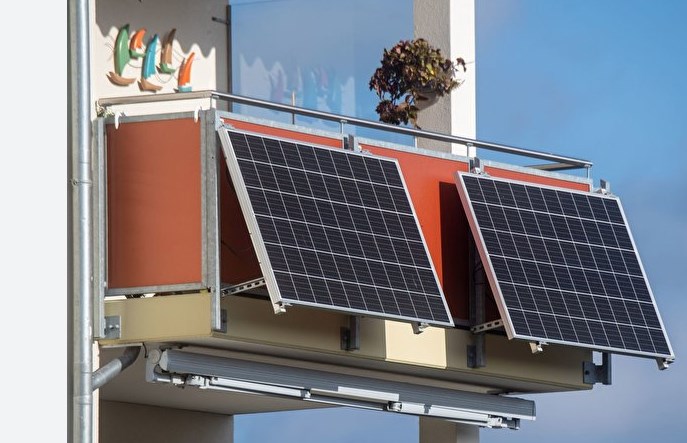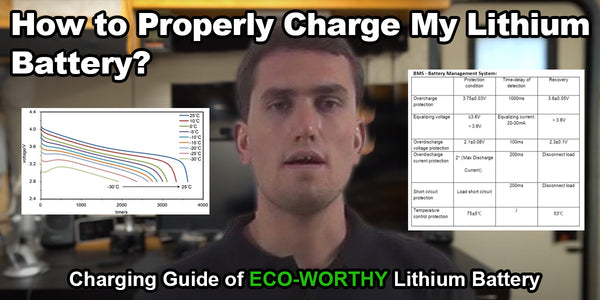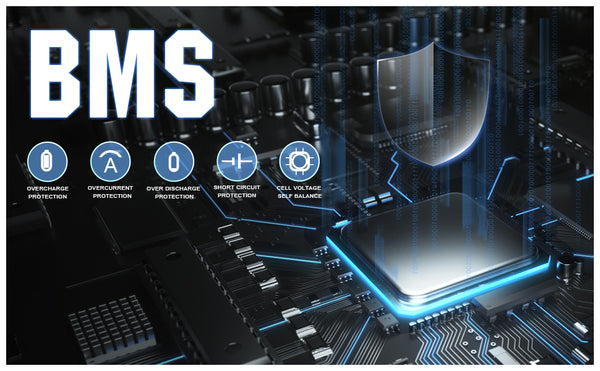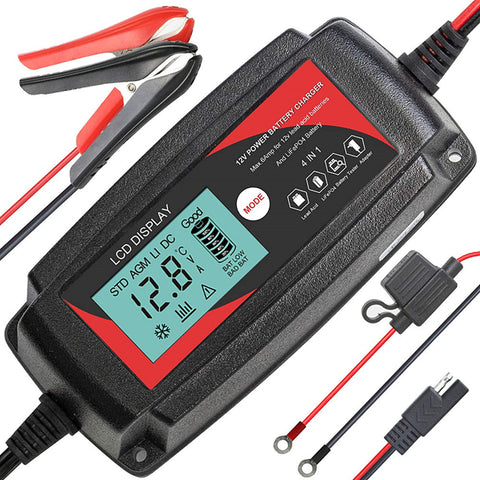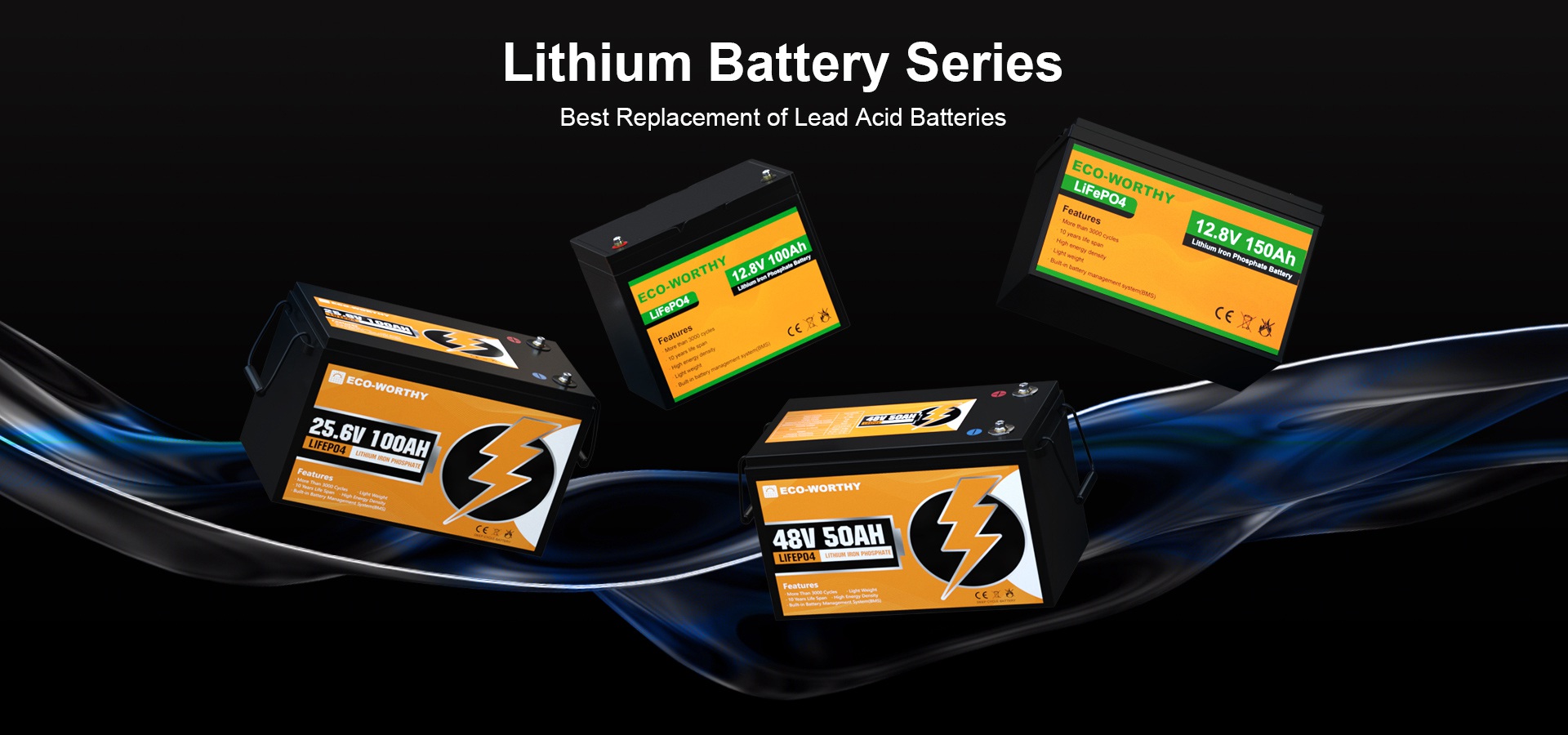The use of a solar fence system has been one of the most effective means of ensuring security to property and will save a lot of electricity. Solar fences are an intelligent and eco-friendly solution, whether they are used in farms, residential areas or industrial areas.
But if you are new and you do not know where to begin do not worry. This step adieu will take you through the whole process of installation step by step, starting with the preparation down to the setup. And yes, you do not have to be tech savvy to do it right.
What Is a Solar Fence?
A solar fence is also an electric fence which is powered by solar. It is made of solar panels, fencing wires, an energizer and grounding rods. The usage of these fences is very common in agricultural farms, military areas, and residential properties to stop any intrusion.
These systems are also suitable in areas with poor sources of power mainly in remote locations due to the source of power which is solar.
Why Choose a Solar Fence?
It is better to understand why a solar fence is a preferred choice to get into the installation:
- Environmental: Exploits renewable source energy (sun).
- Low Maintenance: Less parts, less trouble.
- Cost-Effective: The costs of running the system is cheap once installed.
- Can be relied upon: Performs even at the off-grid sites.
- Modifiable: It can be modified according to the various terrains and its uses.
Firms such as Corigy have made the mounting part very easy, especially since it provides trustworthy vertical mounting brackets to effectively install solar fencing structures. These also are easy to align and they perform well hence the installation is made very easy.
Tools and Materials You Will Need
Before beginning, make sure you have the following:
- Solar panel (preferably bifacial)
- Fence energizer
- Battery (12V or more)
- Fencing wire (steel or polywire)
- Fence posts (metal or plastic)
- Grounding rod and clamps
- Warning signage (as per local regulations)
- Wire tighteners
- Multimeter (to test voltage)
- Corigy 's vertical mounting bracket (if you are using bifacial panels)
Step 1: Choose the Location
Start by selecting a suitable site for installation. Look for:
- Best Sunlight Exposure: An all-day exposure to the sun should be given to the solar panel.
- Flat Ground or Mellow Slope: More comfortable in the matters of wiring and the panel attachment.
- Security and Visibility: To achieve good security, it is advisable not to locate in shaded and dark places.
This location will become the control hub for your solar fence system.
Step 2: Plan the Layout
Sketch the fence route before installing the posts. Decide:
- Total length of fencing required
- Number of corners and turns
- Placement of the solar panel and energizer
Make sure the layout accounts for gates or entry points.
Pro Tip: Always keep the energizer in the center of the fence route for balanced energy distribution.
Step 3: Install Fence Posts
Using a post driver or digging tool, fix the fence posts along the marked path.
- Maintain consistent spacing (8–12 feet between each post)
- For corners, use stronger or wooden posts
- Make sure all posts are vertically aligned
Once the posts are in place, you're ready to string the wires.
Step 4: Mount the Solar Panel
This is where things can be simplified using a bifacial solar panel with vertical mounting brackets. Corigy offers a durable solar fence vertical mounting solution that ensures firm placement of your panels with minimal tools.
The process is straightforward:
- Fix the vertical mounting bracket to the fence post
- Attach the bifacial panel to the bracket
- Angle it in the correct angle (about 30 to 45).
Make sure the panel is turned as per the sun and that it is tightly connected so that it does not wobble on shaking wind.
Step 5: Connect the Battery and Energizer
When the panel is secured, what you need to connect it to next is a deep-cycle battery, and this is where solar energy is stored to be used at night or during cloudy days.
Steps:
- Hook up the two positive and negative cables of the solar panel with the battery.
- Place the energizer near the battery.
- Connect the energizer to the battery.
- Connect the energizer output to the fencing wire.
To prevent the waste of energy, use quality connectors. It is also best to protect the battery and energizer with rain and direct sun.
Step 6: Lay the Fencing Wire
Now comes the physical fence. Begin to coil the wire around the post starting in one corner and continuing in a round way.
- Use wire tighteners to keep tension even
- Add insulators to prevent wire contact with posts
- Place warning signs along the perimeter if required by law
Always leave some slack at the end so you can connect it to the energizer later.
Step 7: Ground the System
Grounding ensures the fence delivers an effective jolt when touched. It's crucial for the system's performance.
Steps:
- Drive at least one grounding rod 4–6 feet deep into moist soil.
- Connect it to the energizer's ground terminal using a ground clamp.
- If the soil is dry, install multiple rods spaced 10 feet apart.
A poorly grounded system will result in weak shocks or system failure.
Step 8: Final Wiring and Connection
Now, connect the fencing wire to the energizer's hot terminal. Make sure:
- The connection is tight
- No wire is in contact with vegetation (it reduces voltage)
- The voltage is tested using a multimeter
A properly working solar fence should read around 3,000–5,000 volts on a meter.
Step 9: Testing the System
Walk around the perimeter and use a fence tester to check voltage at multiple points.
- Check for weak spots or shorts
- Tighten any loose wires
- Make adjustments where needed
Make sure the system is active both day and night. The battery should be charged and the energizer working consistently.
Step 10: Maintenance Tips
Solar fences need very little upkeep, but regular checks will ensure peak performance:
- Clean solar panels monthly to remove dust
- Trim vegetation near the fence
- Check voltage levels weekly
- Inspect for rust or corrosion on wires and posts
Corigy 's mounting brackets are corrosion-resistant, which helps reduce long-term maintenance.
Common Mistakes to Avoid
Even though the installation is simple, there are mistakes beginners often make:
- Installing the panel in a shaded area
- Using low-quality fencing wires
- Skipping the grounding system
- Letting vegetation touch the live wires
- Overlooking the panel tilt and alignment
Avoiding these can save time and extend the life of your fence system.
Final Thoughts
It is not necessary to make installing a solar fence complicated. When done properly with appropriate tools and recommendations it can be a painless procedure that is cost effective and provides good security. By selecting dependable parts such as vertical mounting brackets made by Corigy you will create a system that will out last and operate reliably under all conditions.
Solar fence is a long-term and cost-effective investment, whether you are setting up the system as a new one or merely upgrading it.
So take the leap, go solar—and build your fence the smart way.
